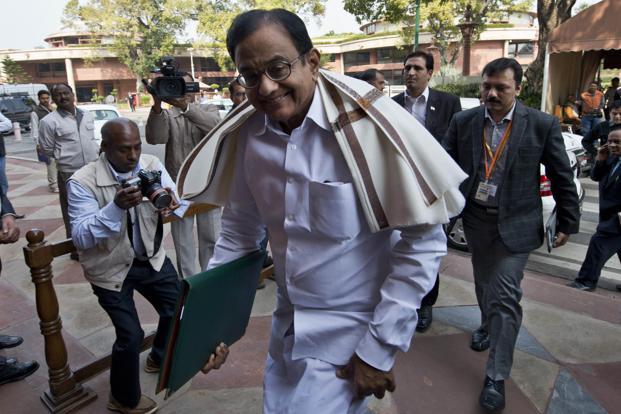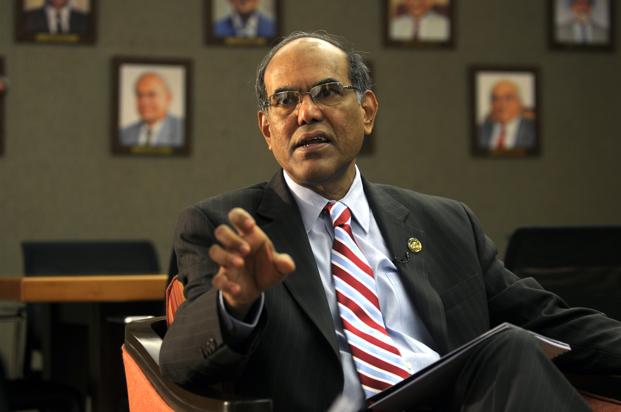Seldom has the Union budget been so critical for India’s state-controlled banks that account for a little over 70% of loan assets.
Twelve of the banks posted net losses in the December quarter as they needed to set aside funds for rising bad assets even as their gross non-performing assets or NPAs rose by Rs.1.3 trillion in the three months ended December to a total of Rs.3.93 trillion. Two of the banks have more than 10% gross NPAs and seven between 8% and 10%. After providing for bad loans, one bank has more than 8% net NPAs, and eight others at least 5%.
Indeed, in the 1990s, after the so-called prudential norms were introduced, they had more bad assets on their books, but there were no mega projects then and banks’ exposure to individual corporate accounts was relatively smaller. Besides, there was no competition as the set of new private banks was just being born then. This time around, the exposures are much larger and a leadership crisis complicates the problem for this set of banks.
Collectively, bad, restructured and written-off loans could be at one-fifth of these banks’ loan assets and it can even rise further with the Reserve Bank of India (RBI) pushing them hard to recognize bad loans and provide for them. The easiest but not the only solution to the problem is the infusion of fresh capital. The government has pumped in Rs.67,734 crore capital since 2010 to keep these banks running.
For the government, the best way to deal with the capital issue—an offshoot of the bad loan problem (when banks set aside money to provide for bad loans, their capital gets eroded)—is giving up the majority ownership, but that won’t be a politically acceptable solution. There are other structural issues as well that the government can address.
For instance, it has split the top position between chairman and managing director and chief executive officer (CEO) to avoid concentration of power at the highest level, but still there are large banks without a chairman. The boards can be reconstituted, the selection process of the top executives can be fine-tuned and the tenure of the CEO could be longer (so that they don’t postpone the recognition of bad assets beyond their tenure), but the budget is not the platform to address these issues.
So, what can the budget do for the banks?
Growth vs survival capital: Everybody wants the government to pump in a trillion rupees or more. Large fund infusion will give confidence to the investors and a cushion to the CEOs of many banks to continue with what they have been doing till they retire. However, capital is not the panacea for all ills that are afflicting the state-run banks. The amount could be modest and yet it will not disappoint the market if the government clearly distinguishes between growth and survival capital. Only those banks that have been doing reasonably well and have the right tools in place for risk management and monitoring, among other things, should be given handsome capital to grow, while others can have minimum capital just to survive. Anyway, it will take a while for the investment cycle to start; there is no need to panic for capital overnight.
Bad bank: Speculation is rife on the formation of a bad bank to clean up the balance sheets of banks. What can a bad bank do that 15 asset reconstruction companies or ARCs have not been able to do? It’s not a bad idea—but only if it is well capitalized and the government has nothing to do with it except for giving capital.
The ARCs are capital-starved and because they buy bad assets offering security receipts and not money in most cases, they don’t get the right pricing. They also seldom reconstruct assets; the focus has been on managing the assets and earning fees. A well-capitalized bad bank, run by competent professionals and not under the shadow of the government, can address the problem of stressed assets in a more effective way as this will free up the bandwidth of the top management of banks to focus on fresh credit and not recovery alone and encourage investors to take a fresh look at these banks.
Foreign stake: Historically, foreign investment in public sector banks has been capped at 20%, even as for private banks, it is now 74%, and the time is ripe for raising the ceiling. It will not have any immediate impact as public sector bank stocks have turned pariahs in the market because of their non-performance. However, in future when these banks are well-capitalized and the bad loan problem is taken care of, foreign investors may like to take fresh exposure in them. This will help raise banks’ valuation and lessen the government’s headache of having to periodically infuse capital in them.
Narrow banking: Mergers will not help the industry. In fact, if relatively strong banks are asked to come to the rescue of their weak peers, the government will end up destroying them. We need to approach the problem in a different way. The weak banks should be marginalized—they must turn into narrow banks or banks that cannot lend but invest in risk-free government bonds.
Currently, RBI has the right to invoke the so-called prompt corrective action or PCA for a weak bank. There are certain regulatory trigger points in terms of capital to risk weighted assets ratio, net NPAs and return on assets for RBI to resort to PCA, but the norms have not been changed for long. The regulator needs to take a fresh look at them, make them contemporary and act promptly. In the recent past, RBI brought the United Bank of India and Indian Overseas Bank under the ambit of PCA. More banks should come under this fold. The need of the hour is early intervention by the regulator.
The regulator and the majority owner of these banks need to work closely to get these banks out of the mess they are in. This budget can kick-start the process.



